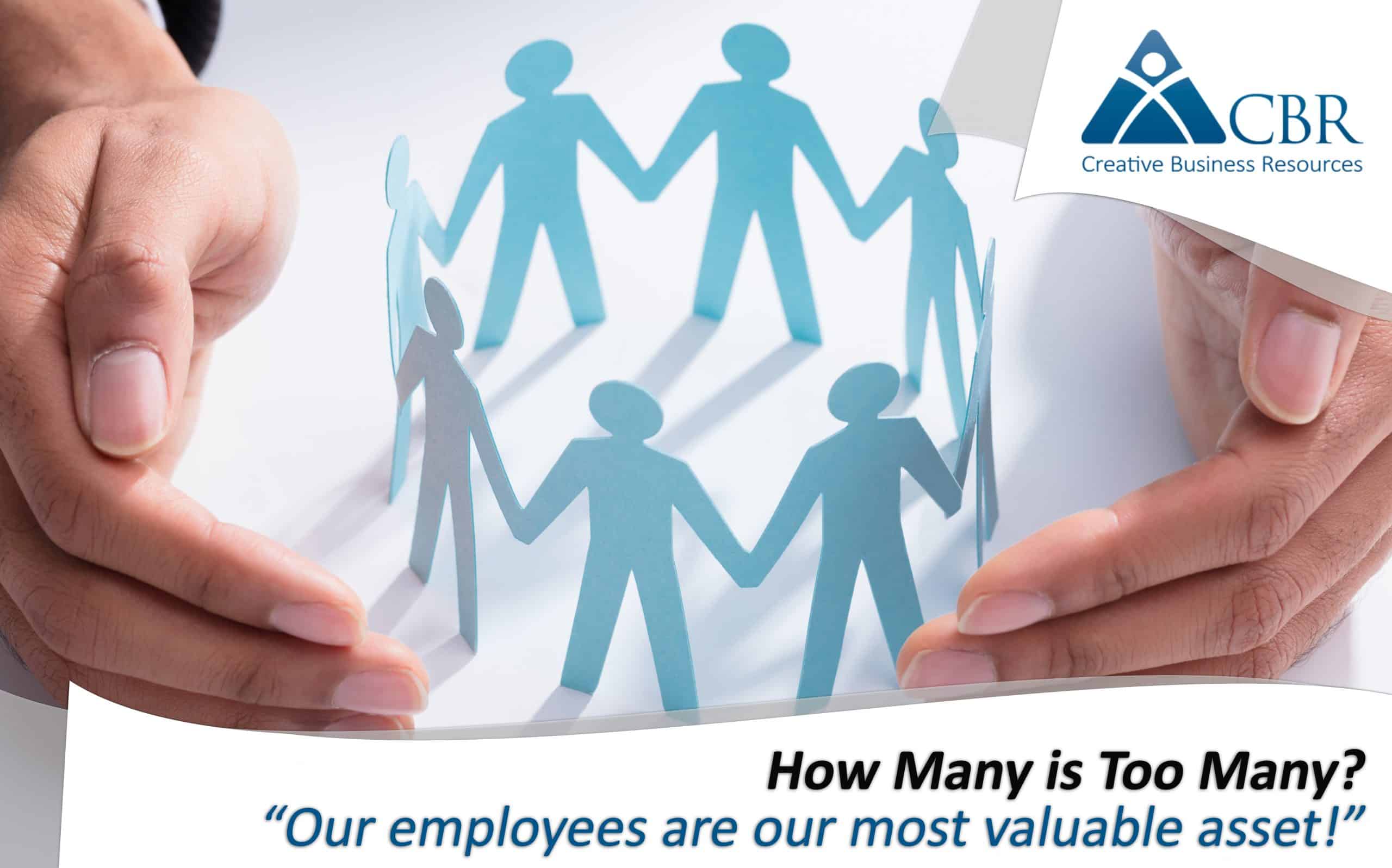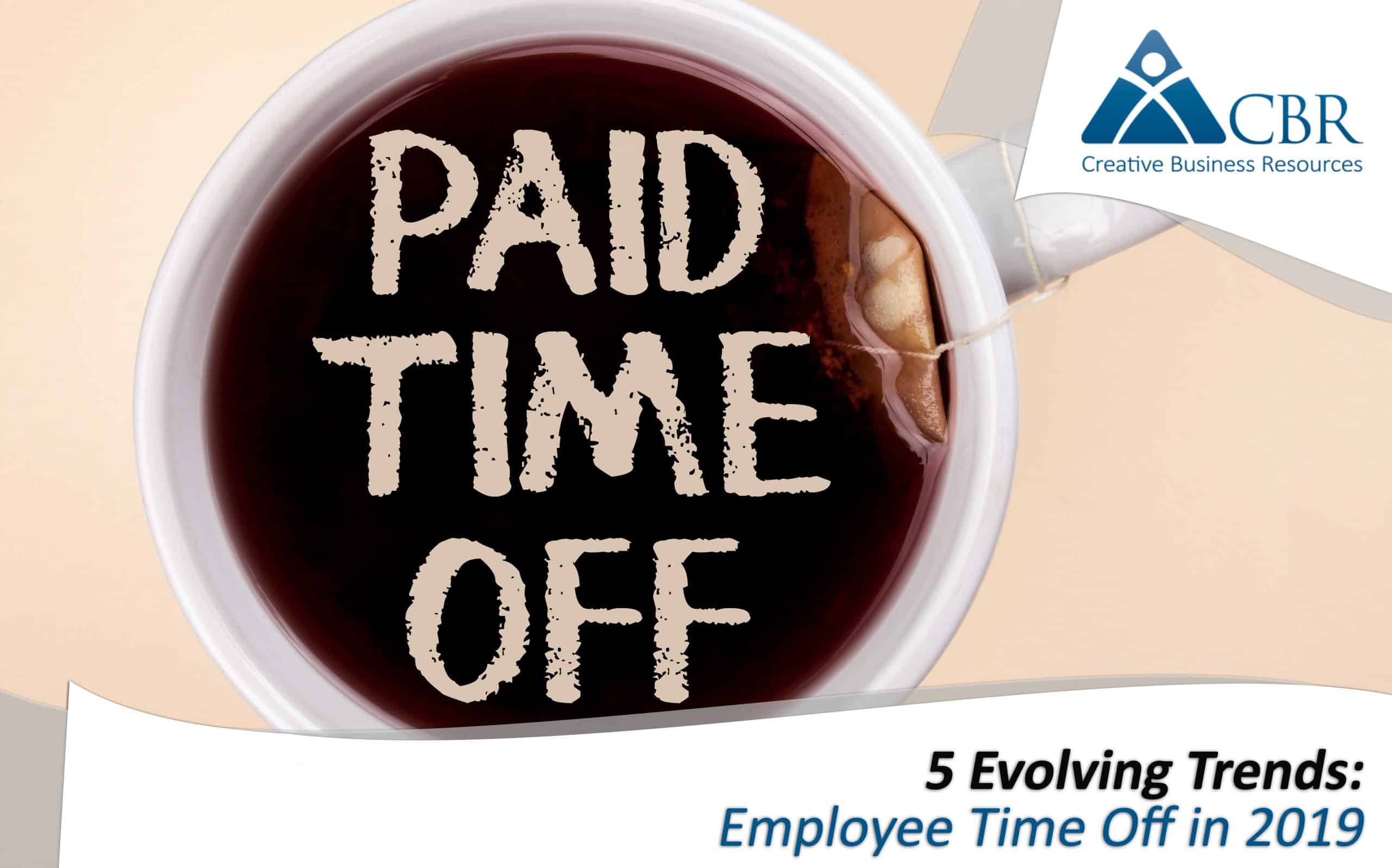For an organization to achieve optimal success, its employees must not simply do their jobs—they must do them with enthusiasm, a sense of personal investment, and a commitment to surpassing goals and driving results. These are characteristics of employee engagement, which refers to employees’ emotional commitment to and involvement in their organizations. Fully engaged employees strive to advance their organization’s goals and values and come to work each day ready and willing to perform to the best of their abilities.
Indicators of Lack of Employee Disengagement
Identified as one of the most influential factors contributing to workforce productivity, employee engagement is a common pain point for business owners and managers. According to Gallup, disengaged employees cost the U.S. up to $550 billion due to lost productivity each year—and since Gallup began tracking employee engagement in 2000, less than a third of American workers have qualified as engaged.
In addition to greater productivity, organizations with high levels of employee engagement experience several benefits, such as lower workforce turnover, less absenteeism, and fewer workplace safety accidents.
Considering the advantages of an engaged workforce, how can employers identify employee disengagement and take steps to reverse it? Here are five warning signs that employees are struggling to stay engaged:
- Decreased productivity. One of the most profound and damaging symptoms of employee disengagement is a decline in the quantity or quality of an employee’s work. If you notice that an employee is frequently missing deadlines or submitting subpar assignments, he or she may be feeling unmotivated due to disengagement from the organization. Other signs include doing the bare minimum and a lack of innovative or creative thinking.
- Social withdrawal. Even if an employee’s performance has not yet suffered, attempts to minimize social interaction with coworkers may be early red flags that he or she is disengaging from the organization. Collaborating with a team is important because it fosters creativity and provides employees with emotional and intellectual support. Managers should watch for signs such as employees deliberately avoiding company or departmental social functions, spending a great deal of time alone, or not contributing during meetings.
- Attendance problems. If employees are frequently missing work, coming in late and leaving early, or taking extended breaks during the day, it is likely that they lack enthusiasm for their jobs and their motivation is dwindling. These clear indicators of disengagement will quickly harm the organization’s bottom line through diminished productivity and overpaid wages.
- Negativity. While some grumbling about the stress and responsibilities of work is common, excessive negativity is a strong indicator of employee disengagement. Employees who are constantly complaining about their jobs or the organization, shifting blame to others, or generally exhibiting a defeatist attitude at work are unlikely to care about the organization’s success or put forth their best effort. Managers must try to eradicate negativity because it can pervade the workforce and harm team morale.
- Lack of initiative to improve. Employees who forego training and development opportunities or avoid taking on new challenges are likely hoping that they can get by in their positions with minimal effort. This may be because they do not like their jobs or feel apathetic about the organization’s success—in other words, they are disengaged.
What To Do About It
If your employees are exhibiting these warning signs of employee disengagement, the situation should be addressed promptly before it harms workforce morale and productivity.
Consider adopting the following strategies to help boost engagement:
- Ensure that employees clearly understand your organization’s purpose—including its mission, goals, and values—and how they, as individuals, support that purpose. People want to feel that their work matters. When they see that their efforts are crucial to their employers’ success, they will feel more committed to performing optimally.
- Equip employees with the tools they need to succeed in their roles. Even though employees who are already disengaged may be unwilling to take advantage of training opportunities, it is crucial for employers to offer such opportunities for the entire workforce. Employees who feel that their employers are investing in their development are more likely to commit themselves to the success of the organization. Consider rewarding employees who voluntarily participate in training programs.
- Avoid micromanaging. Employees are less likely to become disengaged if they are responsible for high-level goals—rather than mere tasks—and play a role in making decisions that impact the organization. Granting employees a reasonable degree of autonomy to perform their roles as they see fit and allowing them the flexibility to help steer the organization to success will boost their motivation and engagement.
- Talk to employees who are exhibiting signs of disengagement—and be firm but compassionate. Keep in mind that their behavior may not simply be due to laziness or job dissatisfaction. There could be issues in their personal lives that are affecting their performance at work. If the employee is someone whom you want to retain, express a genuine interest in understanding what is wrong and helping them improve their performance.
- Encourage managers to demonstrate engaged behavior, like passion for their jobs and the organization and a commitment to teamwork. Enthusiasm and positivity are contagious, and when employees are led by engaged managers, they are more likely to adopt those behaviors themselves.
Is your organization struggling to maximize success due to low levels of employee engagement? The HR experts at CBR can help you develop strategies to ensure that your employees are engaged, motivated, and committed to performing their roles to the best of their abilities. Contact CBR today to begin harnessing the benefits of a more engaged workforce!
































Leave A Comment
You must be logged in to post a comment.